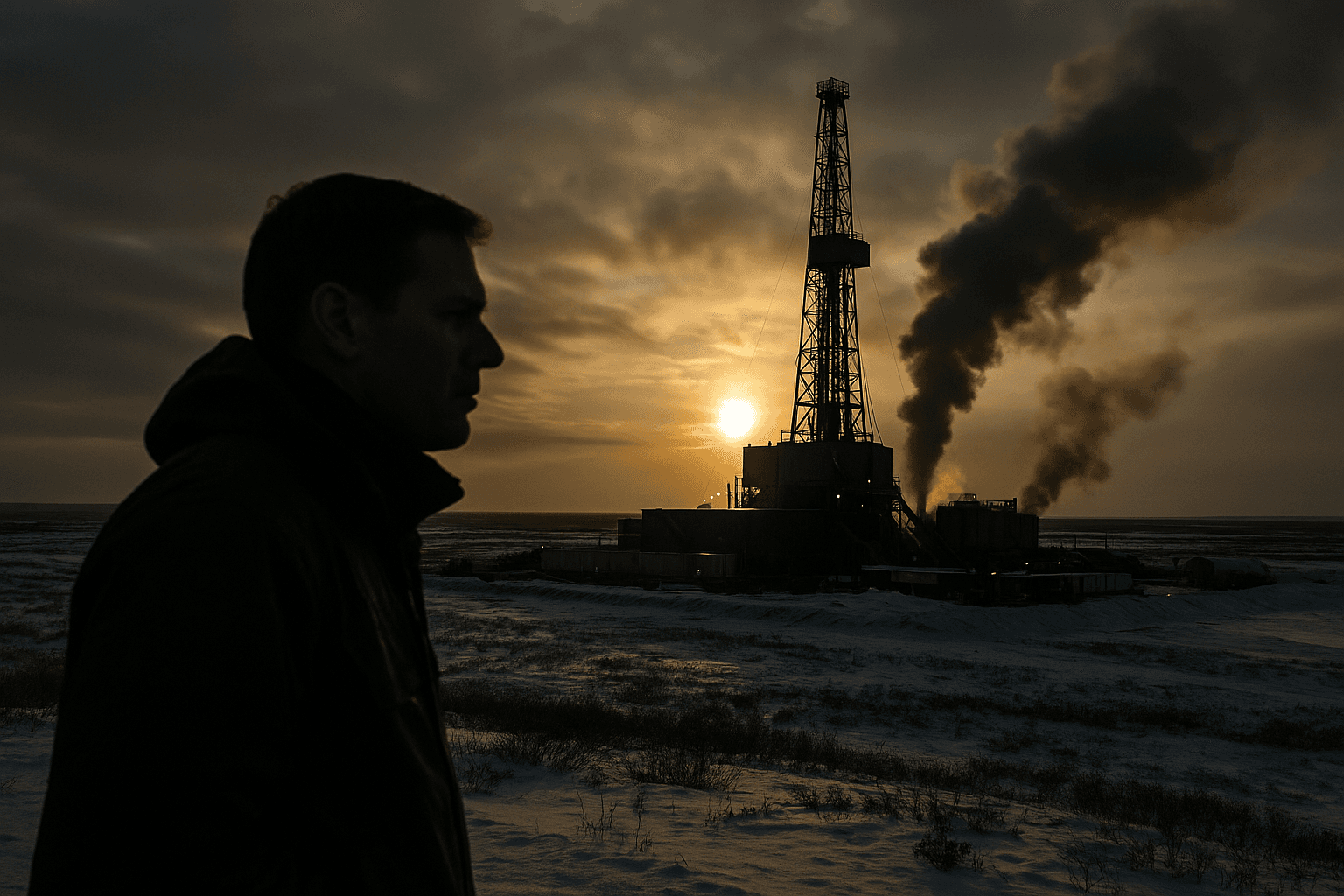Alaska Supreme Court Ruling Narrows State Environmental Review, Impacts North Slope
The Alaska Supreme Court on November 19, 2025 issued a unanimous decision upholding state regulators early permits for the proposed Donlin gold mine, narrowing the scope of environmental review required at the state level. The decision could change how cumulative impacts are assessed for projects on state land, with practical implications for future oil and gas development on the North Slope and for local communities that rely on careful environmental oversight.

In a unanimous opinion issued November 19, 2025 and reported by the Alaska Beacon, the Alaska Supreme Court upheld early state permits for the proposed Donlin gold mine while limiting the breadth of environmental review that regulators must conduct when issuing certain state level permits. The court determined regulators needed to consider the pipeline impacts associated with the project, but did not have to evaluate the entire mine project when authorizing specific state permits.
The ruling narrows the regulatory obligation at the state level to examine cumulative effects across an entire project footprint when only discrete permits were before the agencies. Legal and policy observers cited by the Alaska Beacon said the decision may reduce the extent to which cumulative impacts must be assessed for projects on state land. That narrowing could accelerate permitting timelines for large resource projects while also constraining the environmental analysis available to communities and local governments.
For North Slope Borough residents the decision carries practical significance. Industry proposals for oil and gas infrastructure often raise questions about combined effects on subsistence resources, wildlife migration, and community infrastructure. A more limited state review could change how regulators weigh those combined effects when issuing permits, potentially shifting the burden of comprehensive cumulative analysis onto federal processes or later stages of project review.

The ruling also raises questions about municipal and tribal participation in permitting. Borough leaders and local stakeholders will need to monitor permit applications closely and press for robust consultation and data sharing, because a narrower state level review may leave fewer opportunities to shape outcomes early in the permitting timeline. Federal permitting and review processes remain distinct and in many cases still require broader cumulative analysis, so the practical end result for any given project will depend on the mix of state and federal approvals required.
As Alaska considers future large scale resource projects, including on the North Slope, this decision signals a change in how state regulators approach environmental review. Local officials, tribal governments, and residents will face important choices about engagement, oversight, and how to ensure that cumulative impacts are fully considered across agency boundaries.


